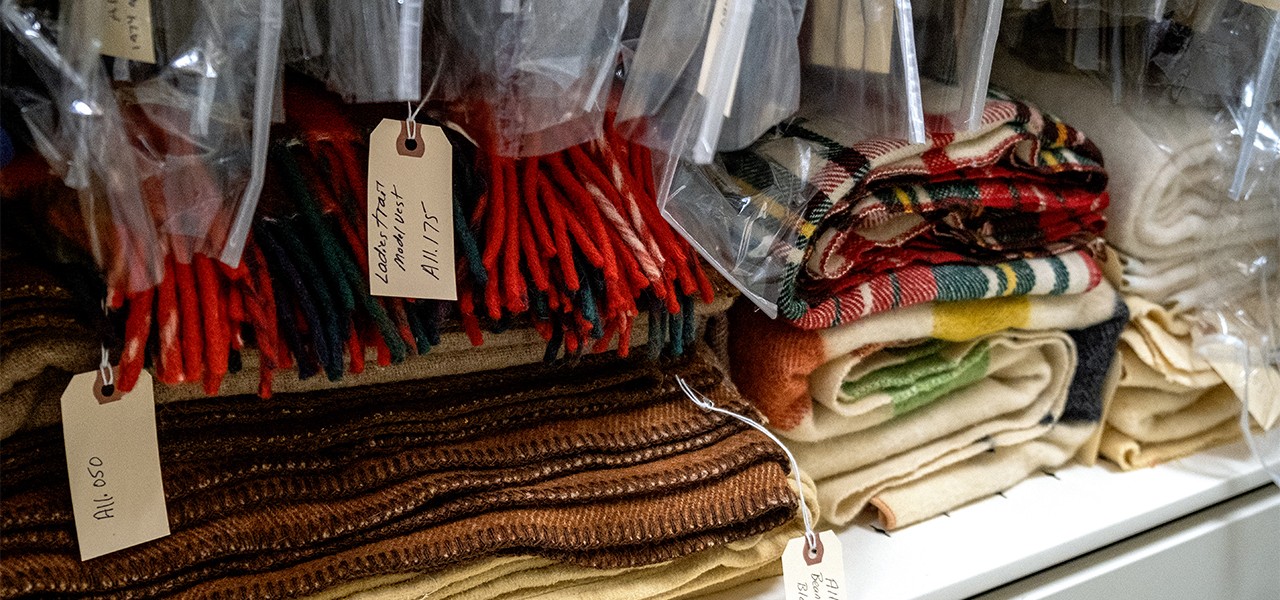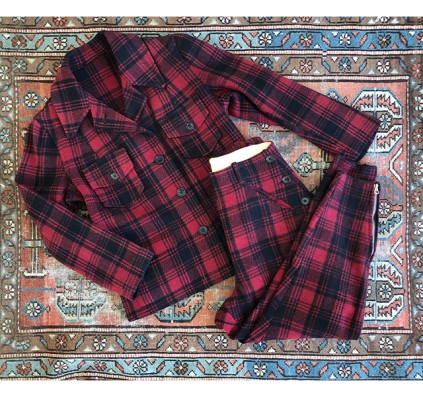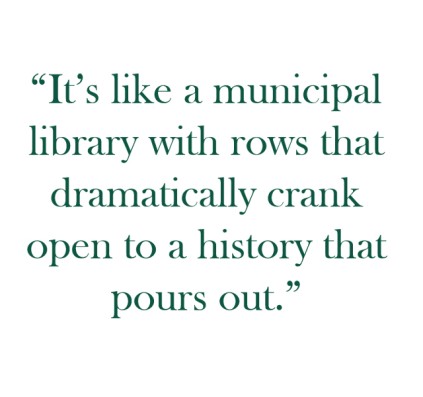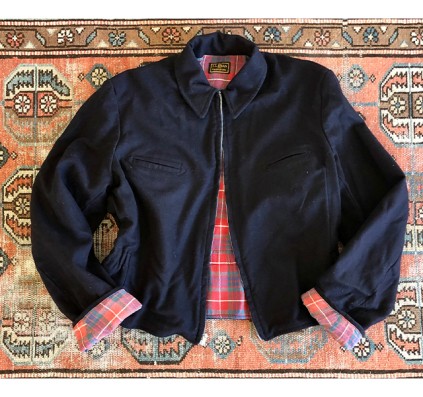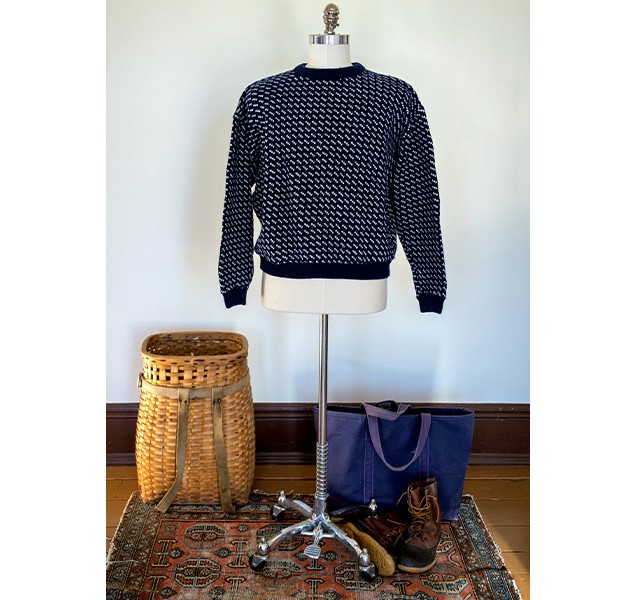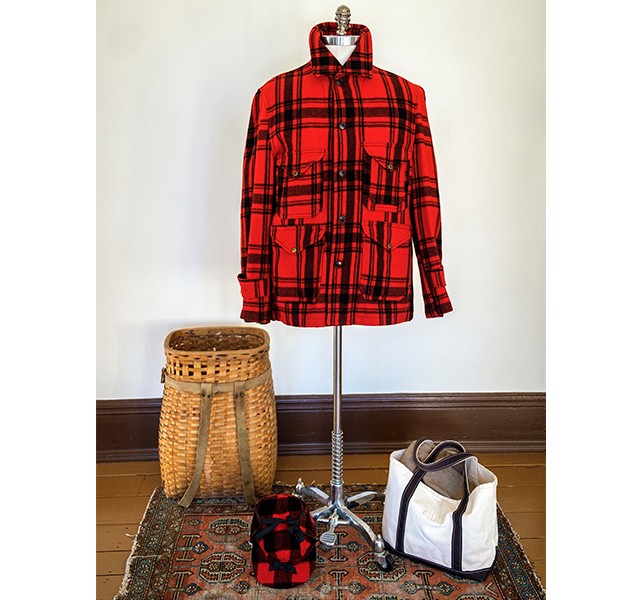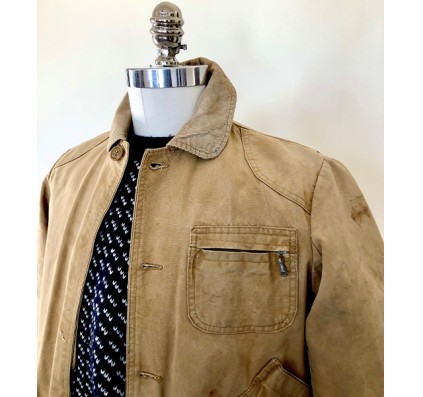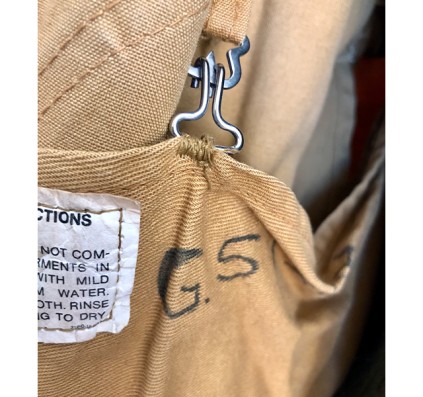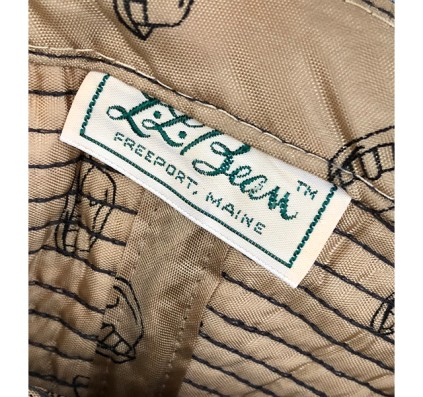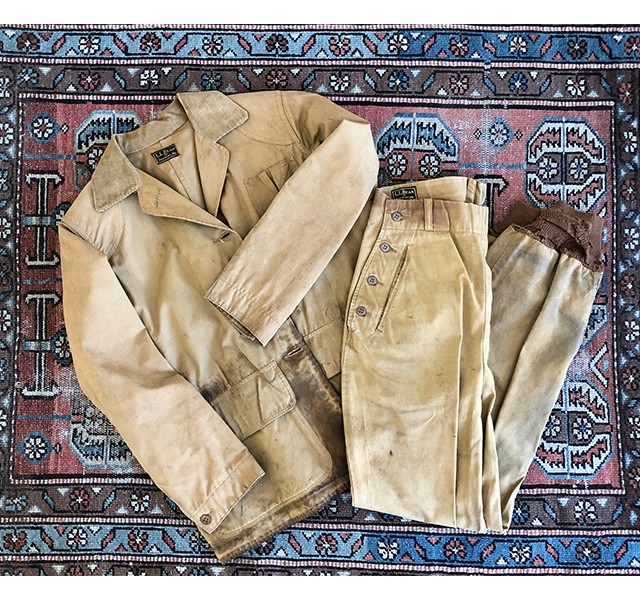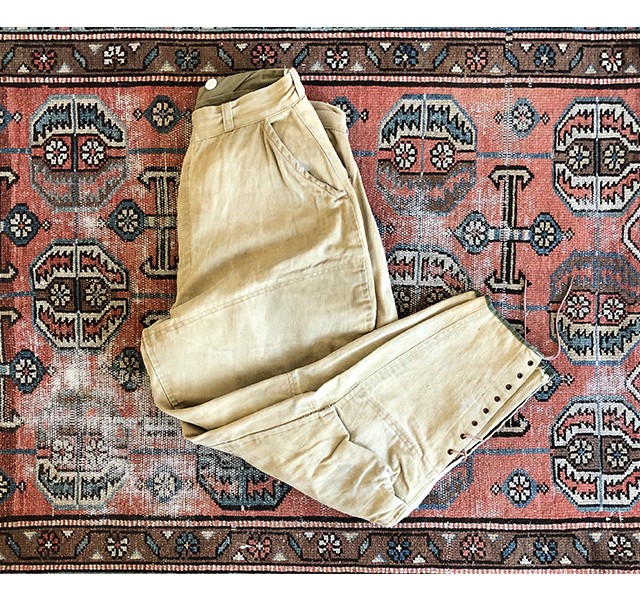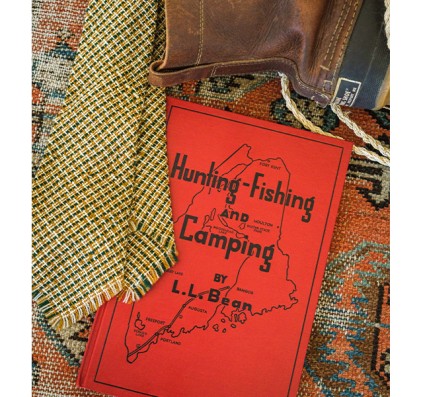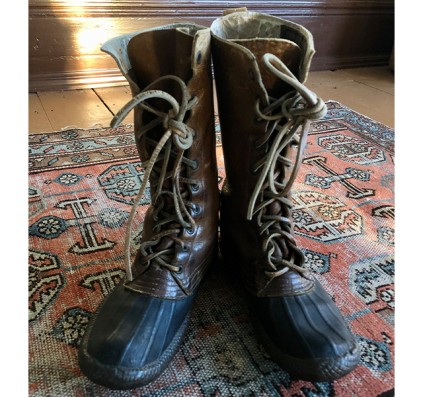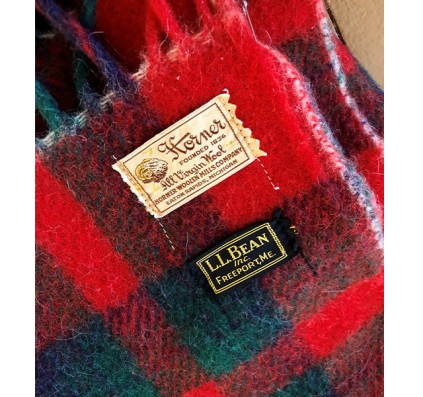Freeport, ME, March 22, 2021
Cross-Century Style: An Archive For All Time
WORDS BY EMILIE HAWTIN, PHOTOS BY CHASE WINFREY
Emilie Hawtin is somewhat of a clothing history buff. There’s no tucked-away bin or dusty rack that she won’t sift through––on the constant hunt for classic American apparel with a deep history, and even better if it has deep wear. Hawtin had the chance to step into the L.L.Bean archives––a 109-year-old time capsule of the American outdoors––and share what she found.
Hawtin is a guest editor of the L.L.Bean Newsroom. You can follow her adventures and read more of her work at @ehawtin.
Few American brands have an archive older than the crossword puzzle, one that dates back over a century. Even fewer are filled with the earliest hunting suits, small-press catalogs, a letter from Ernest Hemingway and a labyrinth of curiosities that anyone would want today. L.L.Bean doesn’t just preserve their 109-year-old treasures, they continue to create many of the same pieces that Leon Leonwood Bean himself designed––while leaving them virtually unchanged. That’s rare, and so is the opportunity to dive into the greatest of Maine’s outdoor past.
Wooden baskets, wool blankets, waxed-cotton coats: good things endure for a long time. We don’t tire of them, and they don’t tire of us. We pass them on. This is something L.L.Bean appreciates, and they still know when to innovate. There’s a reason that many of us turn to the same classics––Bean Boots, field coats, Norwegian sweaters, Chamois shirts, Allagash baskets, Boat and Totes, moccasin slippers, frontier blankets––as the generation before us, and the generation before that. They’re a testament to continuity and tradition - they’re beyond trends. The shape, texture and color are right. Why change?
The L.L.Bean archives live in Leon Leonwood Bean’s old home, right in Freeport, Maine. If you’ve visited the Flagship store, you’ve driven right past it. Methodically preserved, organized, temperature-controlled, and tagged, it’s like a municipal library with rows that dramatically crank open to a history that pours out. You feel the warm presence of a well-lived past. Generations of families and fans have donated over time (a long time) a few strategic things they’ve held onto. It’s a remarkable operation run by passionate people, L.L.’s great-grandson included.
1930s Women's Plaid Hunting Suit
1940-1944 Jacket of Women’s Ski & Hunting Suit
What’s inside? Well, just what you’d hope for, and a lot more. Catalogs that date back to 1912, handwritten by L.L. in his unfussy tone, provide a glimpse into his priorities. Utilitarian and chic, they’re priorities that I appreciate. His writing still sounds stylish––Moccasin-rigged snowshoes are “the most practical rigging we have ever seen,” he writes. They appear next to favorites, like Featherweight Silk Rain Shirts, Field Suits and Slipper Bags. The simple layout reflects the canvas products he describes: “just what you need, nothing you don’t.”
The archives remind me why I love clothes. These clothes saw a world entirely different from mine, their quality and details are rarely seen anymore, and I would wear them any day. They’re anchored by shelves filled with L.L.Bean coffee tins, canvas WWII bags, stacks of plaid blankets from L.L.’s earliest partnerships, and renditions of the Norwegian sweater.
L.L.Bean Norwegian Sweater
1950s Wool Hunting Coat
Tailored hunting suits and finely-buttoned sport coats stop me in my tracks––I wasn’t ready for these. Early canvas duck hunting trousers lace-up with suede ties, resembling Argentinian bombachas or rugged jodhpurs. I learn that they were Maine-in-1930s-America style, with earth-stained adventure deeply worn into them. Then I realize there are more lace-up trousers––a winter hunting suit in plaid wool. Who were these refined outdoorswomen in the field? It’s fun and inspiring to imagine them. Then I break from my reverie when I discover hat drawers: 1950s waxed-cotton, 1980s madras, everything I need is right here. As somebody who has spent too much of her time studying the labels and typography of any Norwegian sweater she could find, I was humbled when a few tags revealed that sweaters I was sure were from the 1970s were, in fact, from two decades later.
1950s Field Coat
Field Coat Detail
Vintage L.L.Bean Tag
Spring 1942 Women's Field Suit
1936 Unisex Duck Hunting Pants
It’s a reminder of why time-tested clothes became my obsession in the first place. I feel close to these clothes and their meaning, and to L.L.’s sensibility, which still feels so relevant. It transcends time. From his earliest catalogs to hunting suits and locally made boots, there’s no shortage of elegance. There was a reason he persuaded people for generations to get outside in style, and there still is today.
Hunting, Fishing, and Camping First Edition Book
1918 Maine Hunting Shoes
1950s L.L.Bean Motor Robe

